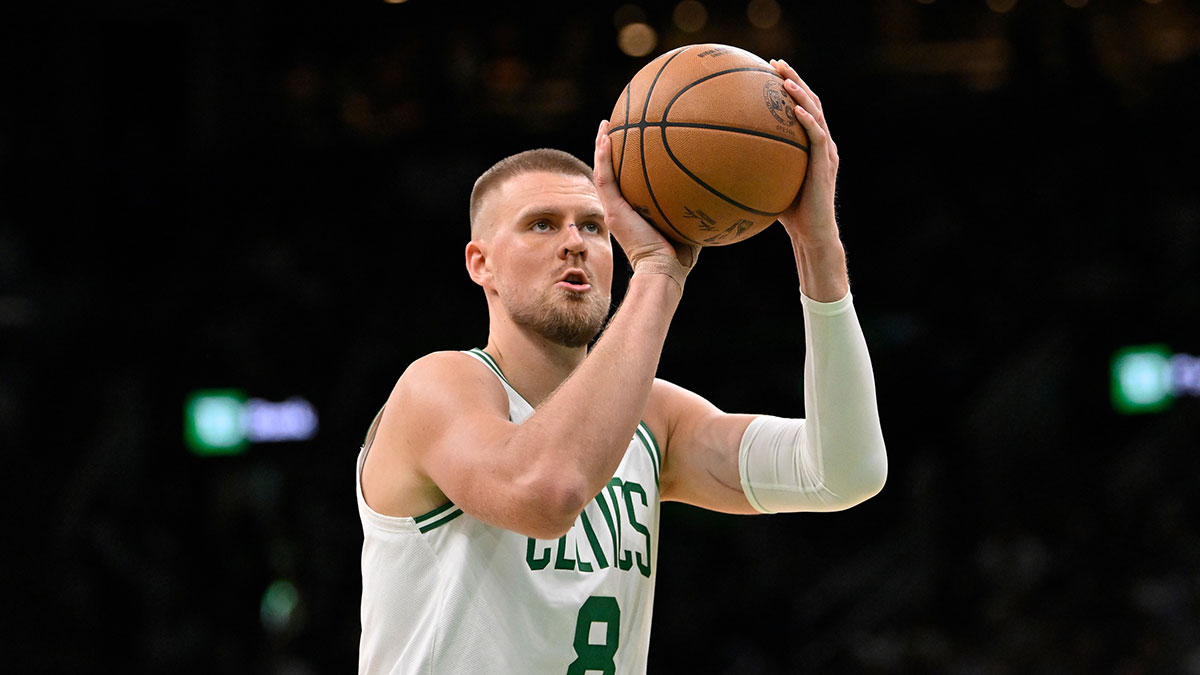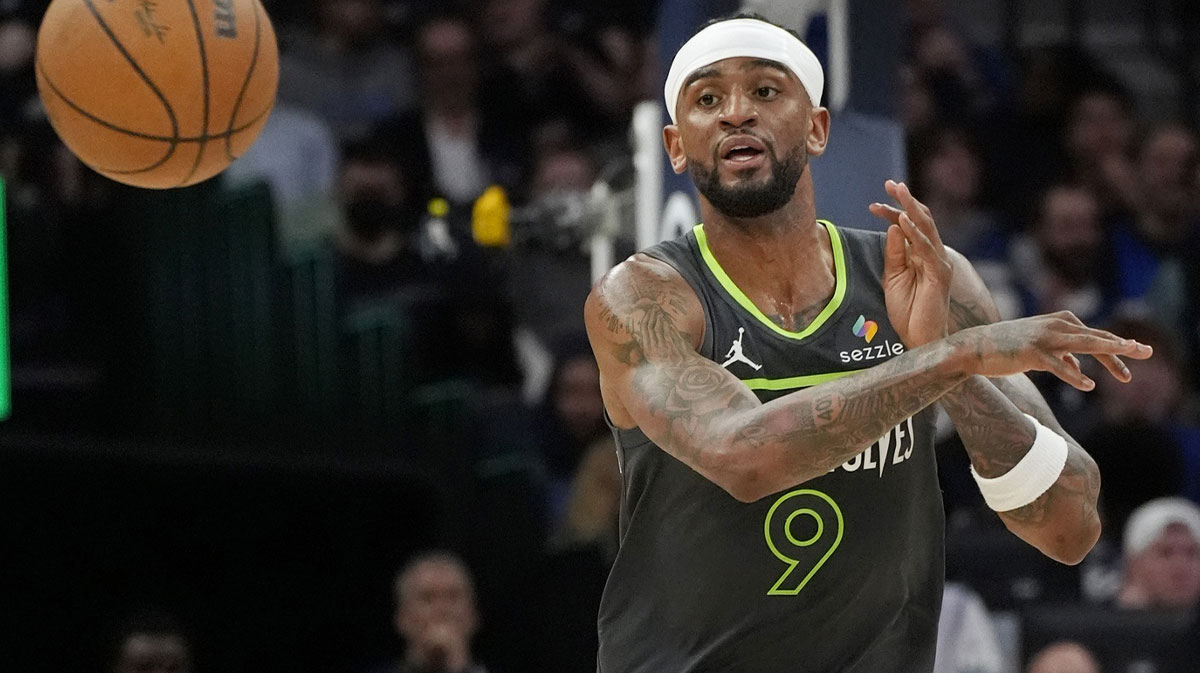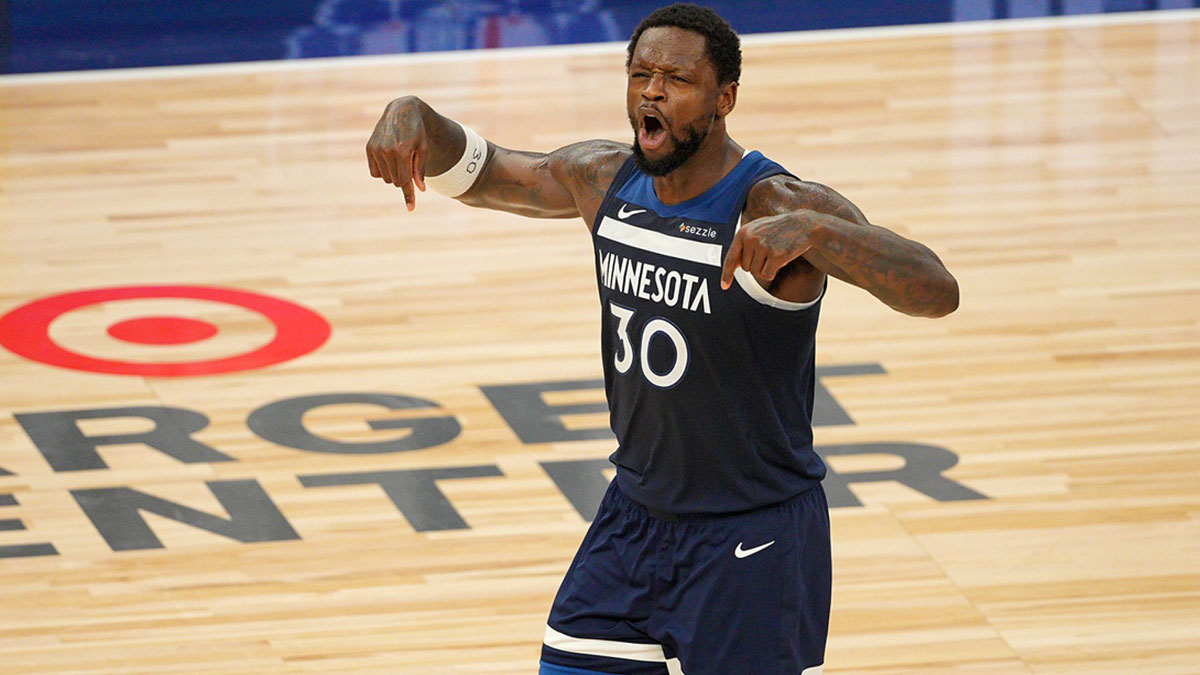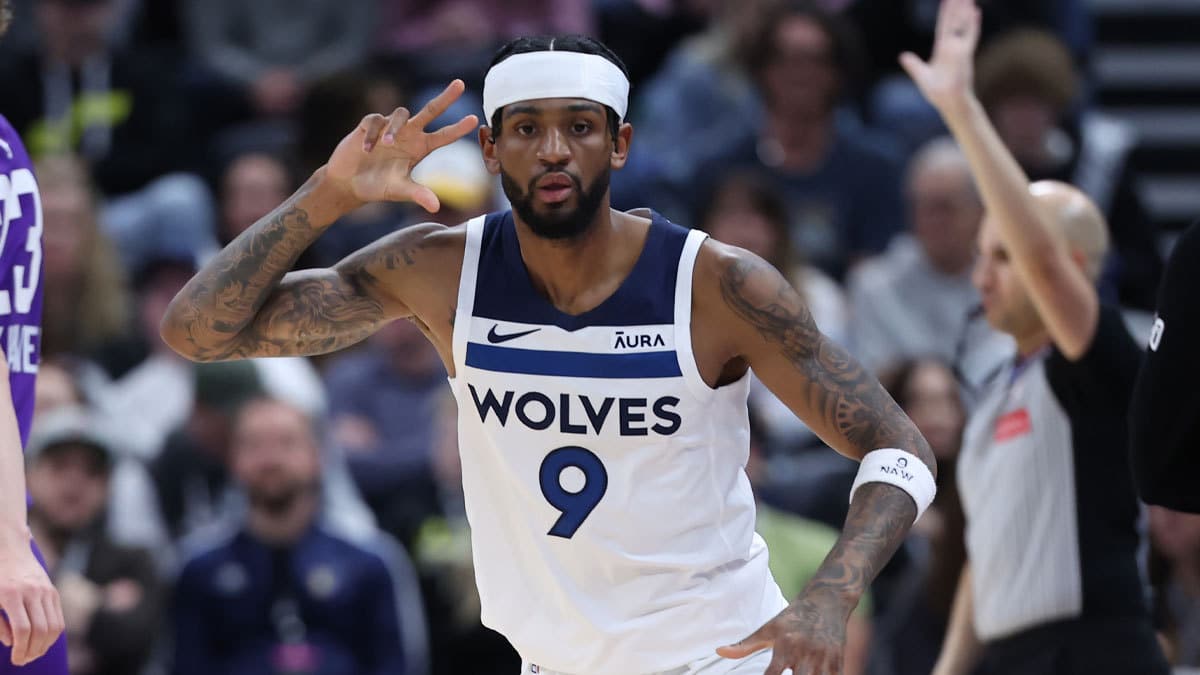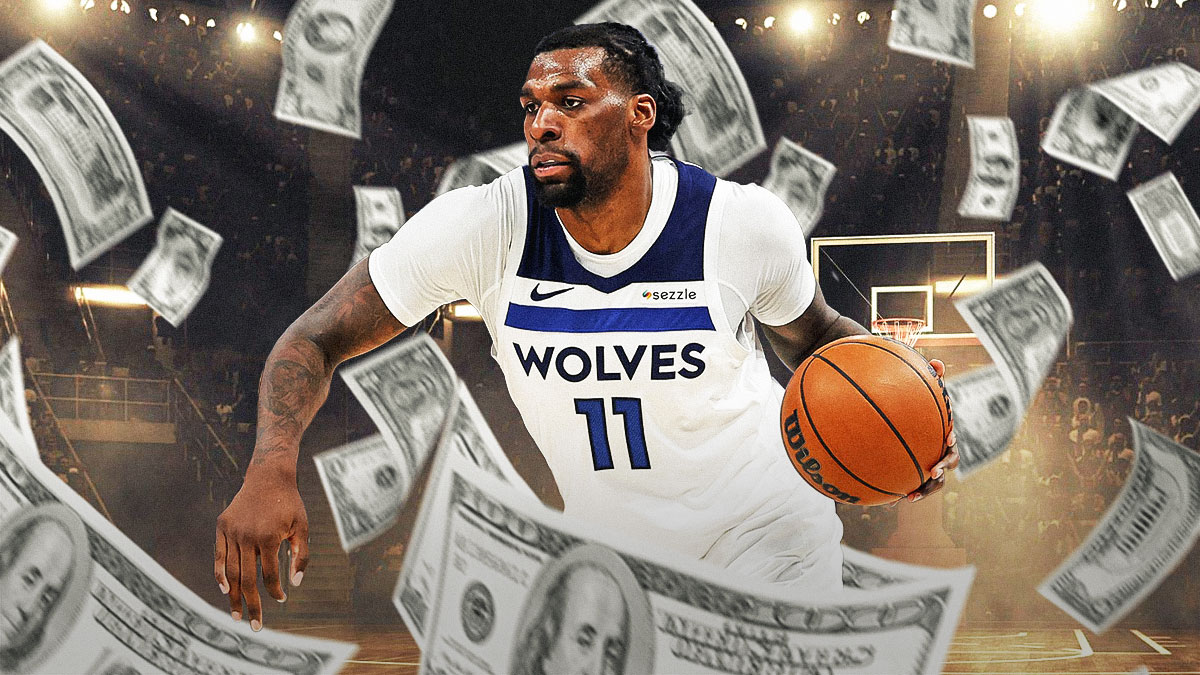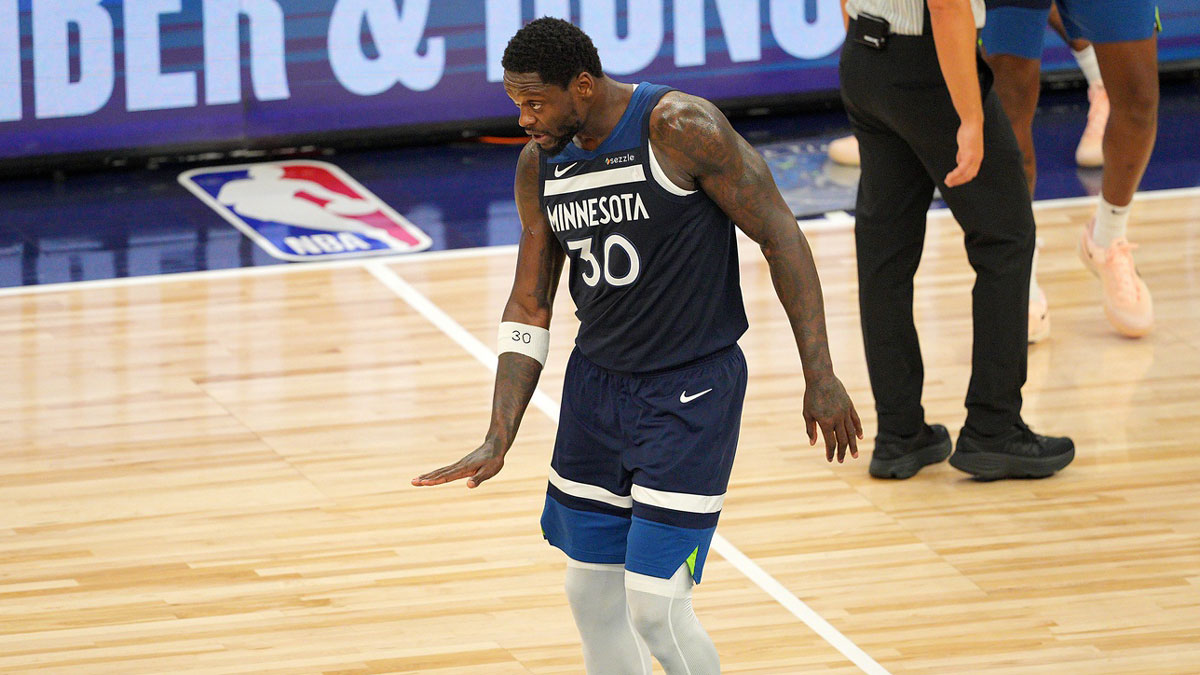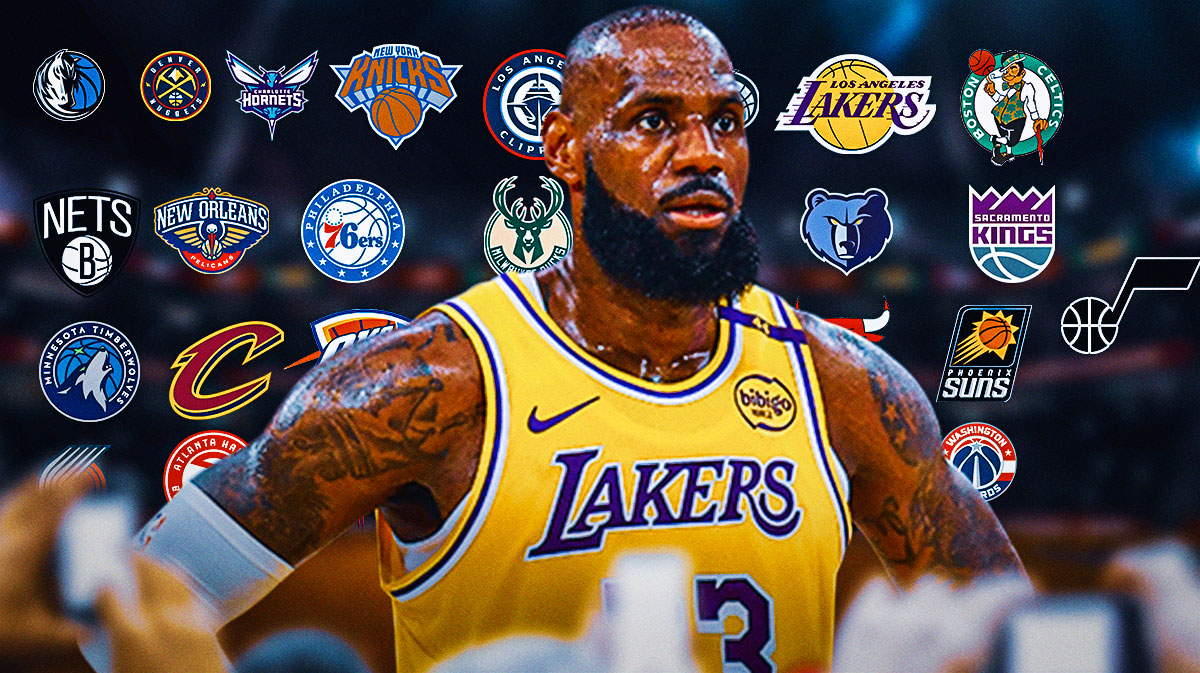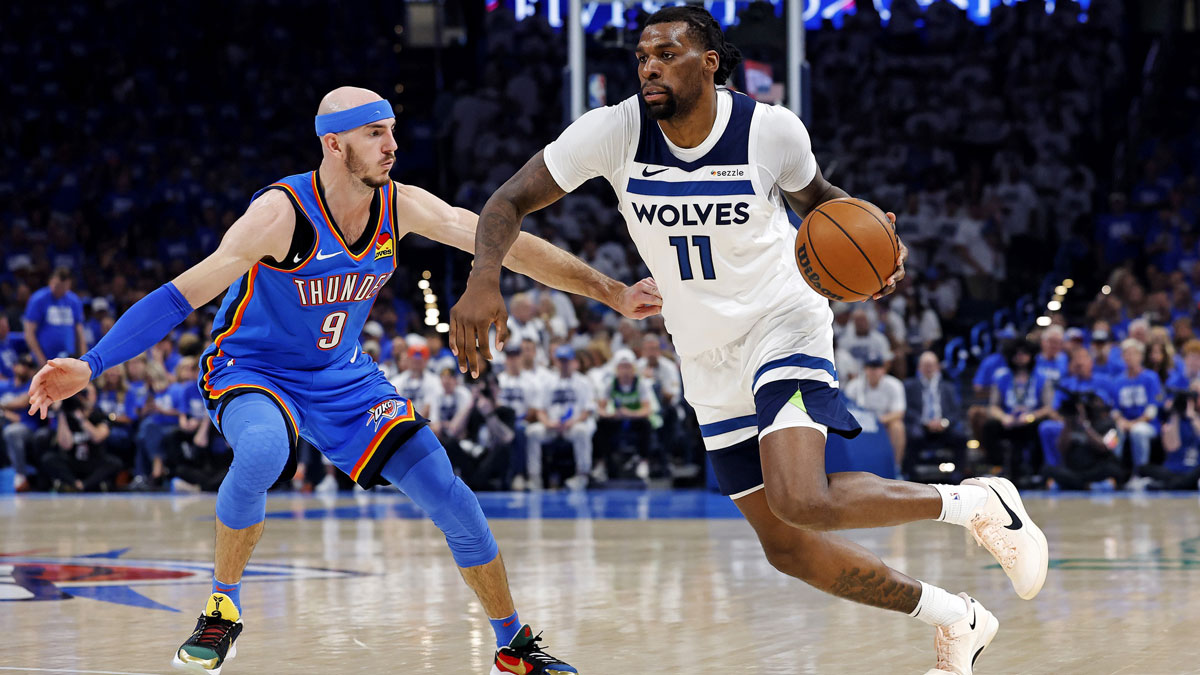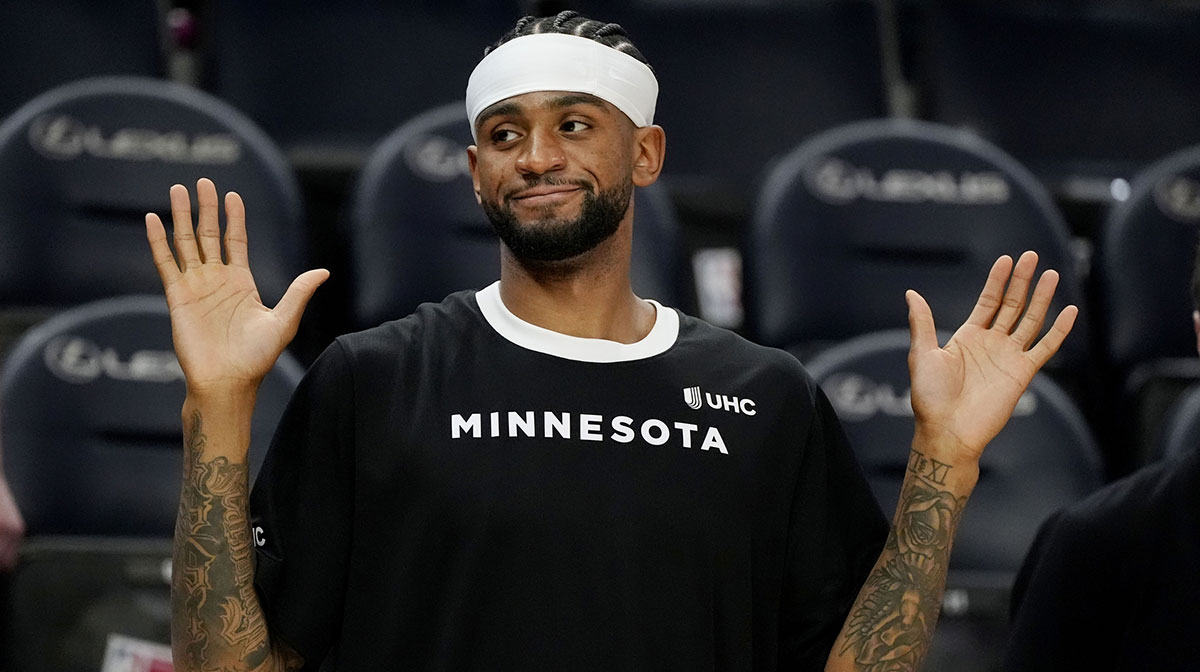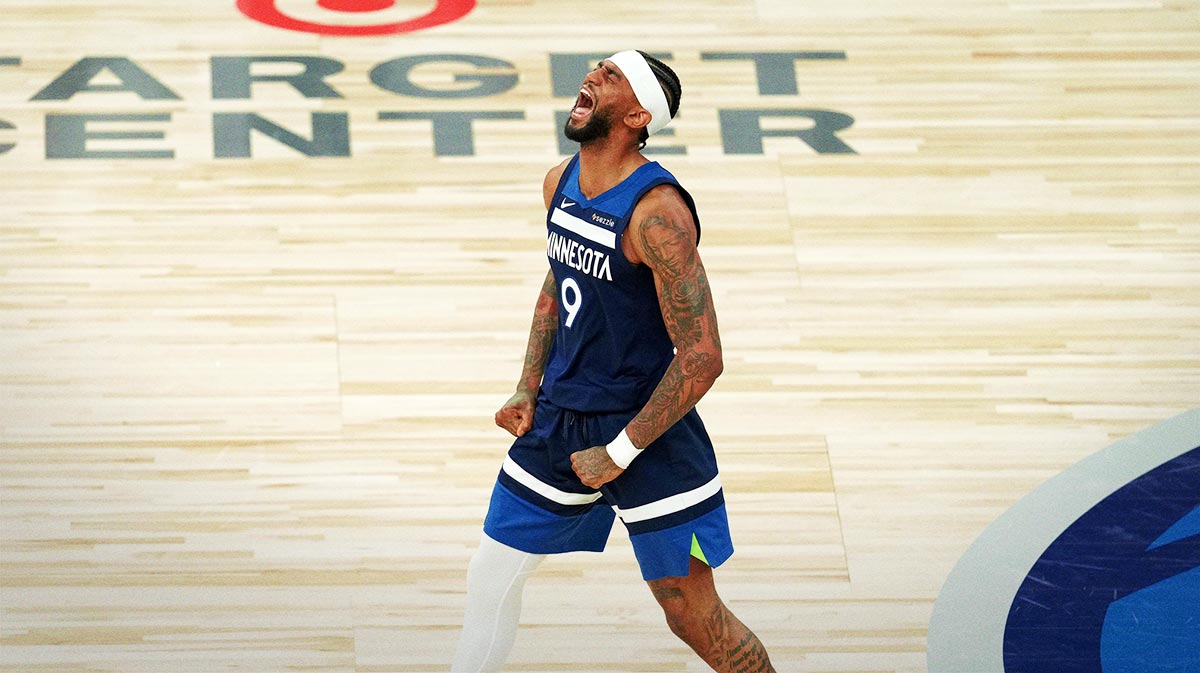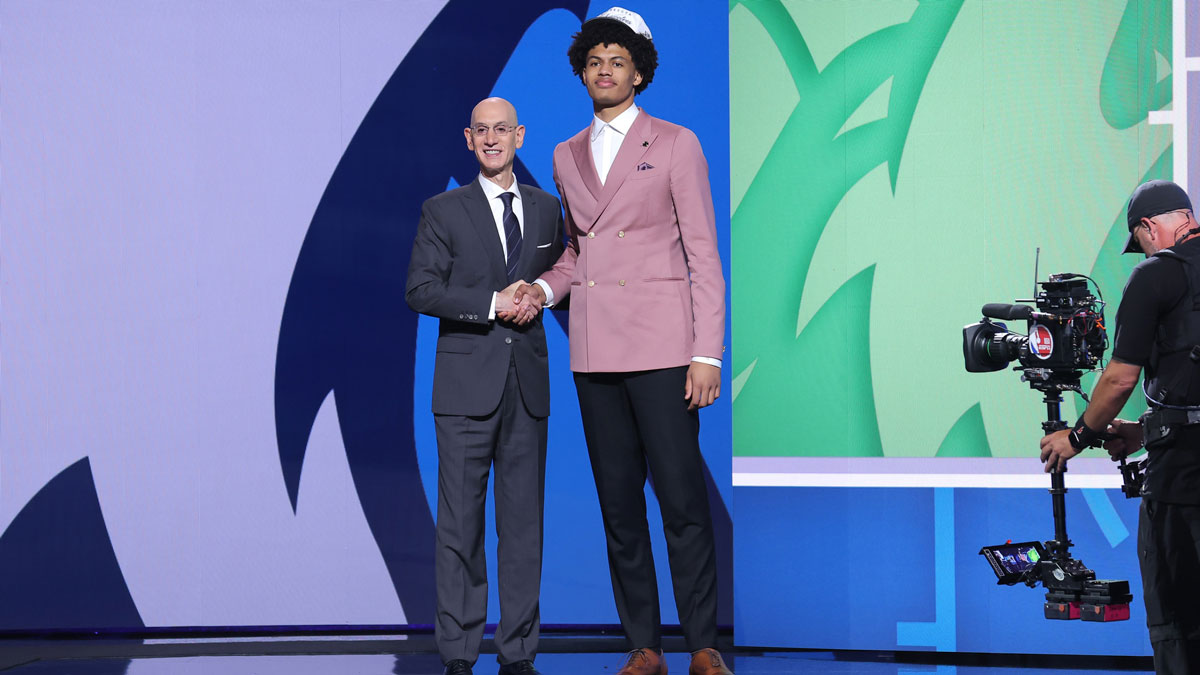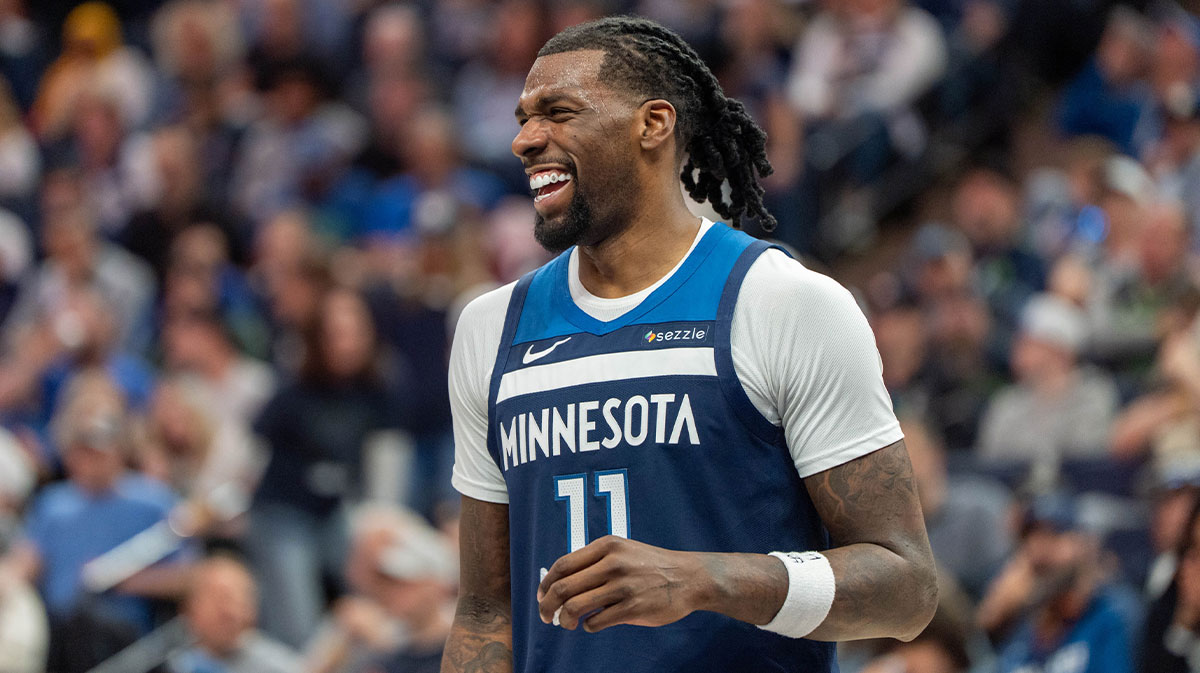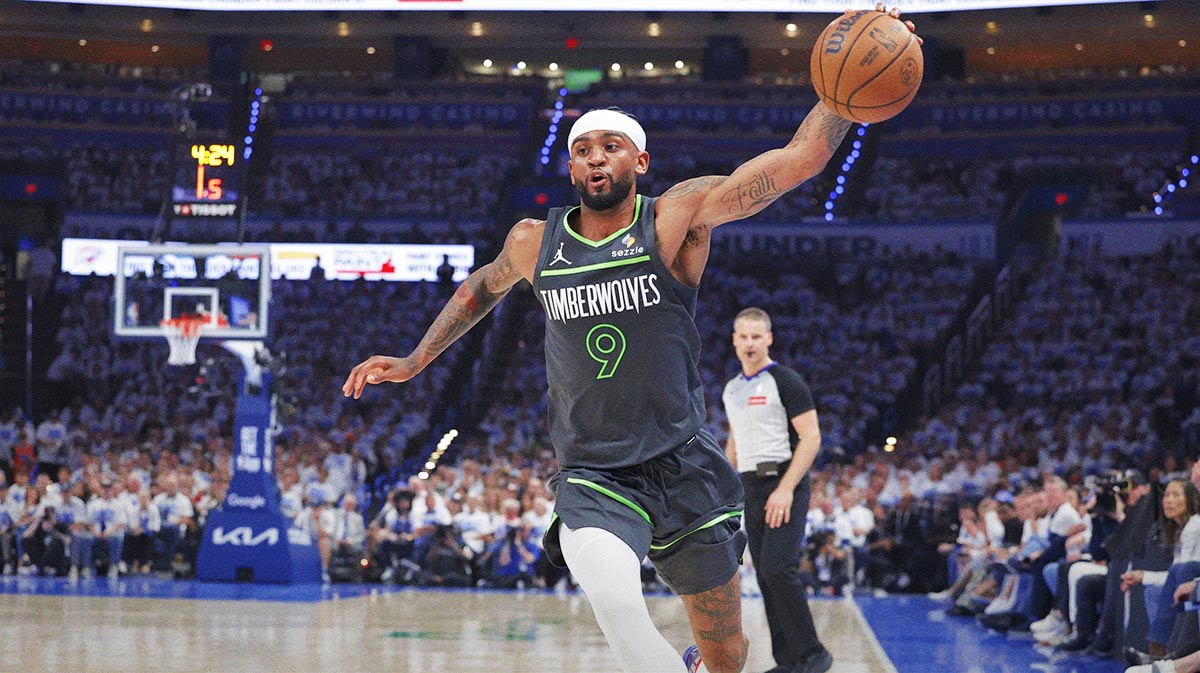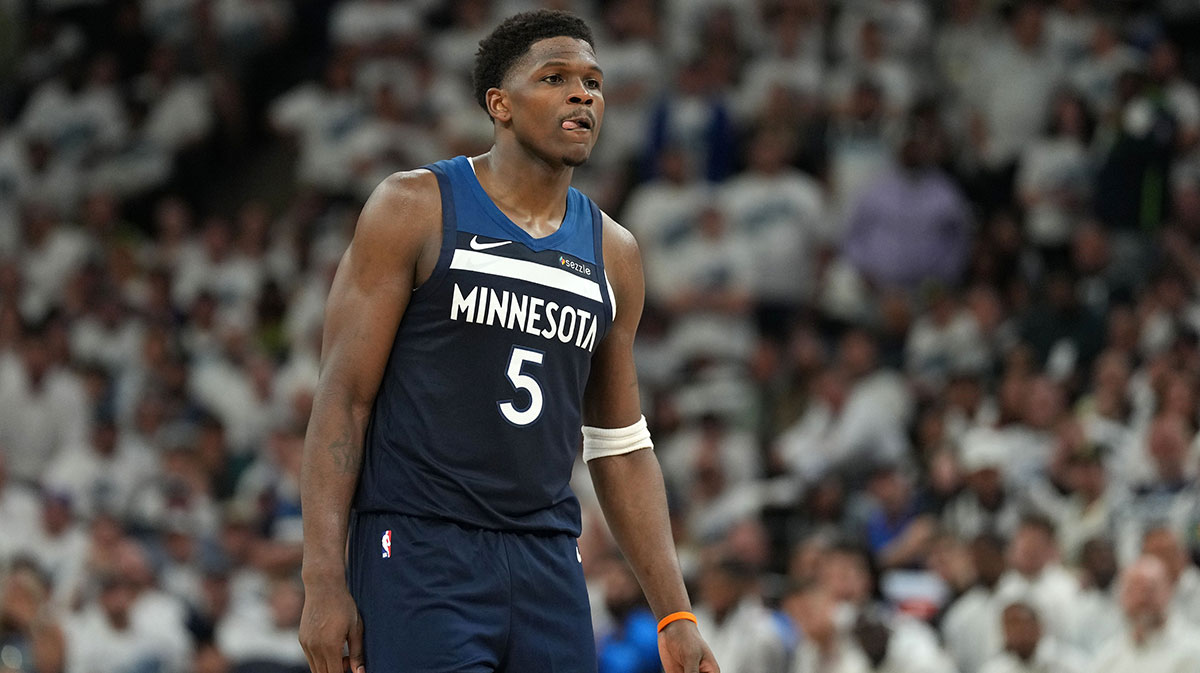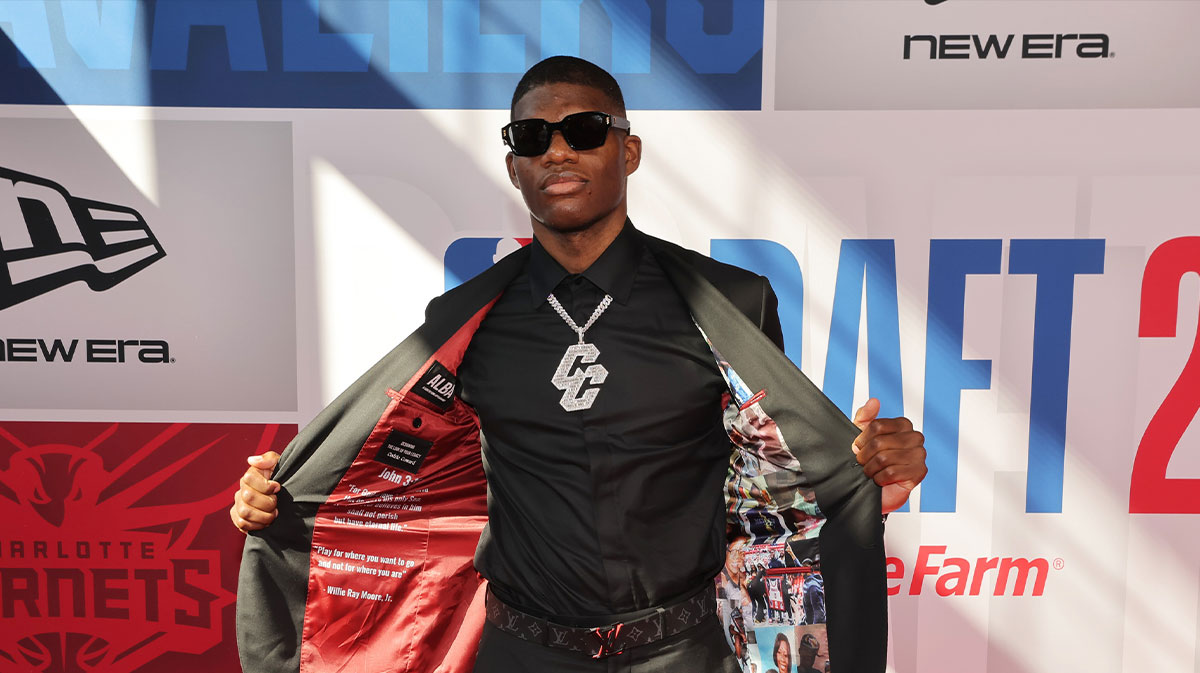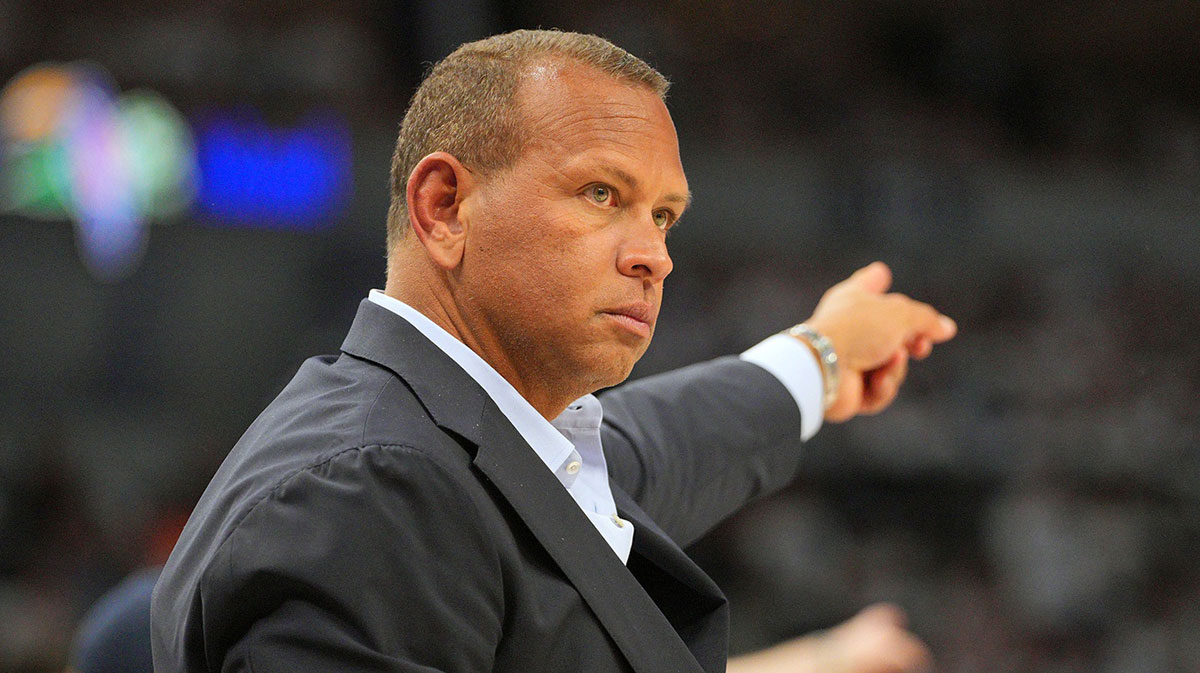In a sense, the Minnesota Timberwolves this summer are like a welterweight bulking up in size and moving up three weight classes to compete with the big boys. From a team that went teetering on the classification border of playoff-bound and playoff-pretender last season, Minnesota now has become one that’s considered a serious threat in the Western Conference. For the first time in many years, Minnesota looks like a team that would at least finish a season with it swinging in the playoffs and not playing in a meaningless April regular season game.
The optimism of course comes from the team’s impressive summer haul. They traded for All-Star Jimmy Butler, signed another All-Star in Jeff Teague, and swayed sixth-man extraordinaire Jamal Crawford to come to the fold. These high-profile newcomers will now complement the rapidly rising pair of Karl-Anthony Towns and Andrew Wiggins in trying to make loud noises in the league.
As impressive a collection of talents Minnesota now has, the Timberwolves have to identify who the alpha male of the pack is. It’s usually an easy process, as the best player on the team is typically the designated focal point. Not so with Minnesota. On one hand, the Timberwolves have Butler, who is the team’s most valuable addition. On the other hand, they have Towns, a homegrown player, who ascended to become Minnesota’s predominant figure in just two years.
At some point, someone has got to give way to the other. It’s not as simple as it sounds as Russell Westbrook and Kevin Durant would tell you. It’s also not that difficult to learn if you ask Stephen Curry and Durant. But considering the thirst of head coach Tom Thibodeau for a reunion with Butler and the success both men have in Windy City, Butler should be favored in winning recognition as the team’s leader.
Towns’ play last season certainly merits a claim that he should remain as sheriff of Minnesota. He averaged 25.1 points, 12.3 rebounds, and 1.3 blocks per game while shooting the same three-point percentage as Butler’s but with more threes made. Towns also had a slightly better player efficiency rating of 25.9 to Butler’s 25.1 in 2016-17 season.
Butler arrives to a team brimming with youth and promise that needs a veteran who would act as a leader the Timberwolves had long coveted since Kevin Garnett’s retirement. Unlike Garnett in 2015-16, however, Butler is someone who’s more than just a locker room voice and bench adornment.
With Butler, the Timberwolves get one of the best two-way players in the NBA. Butler averaged 23.9 points, 5.5 assists, and 6.2 rebounds per game last season for the Bulls while also being the team’s top wing defender and the only shooting guard in the top five in steals per game last season. Wiggins could learn plenty with respect to defense from someone like Butler. (Just imagine the potential of Minnesota if Wiggins developed into a great defender.)
Towns could continue being the Timberwolves’ best player in a lot of people’s books but the team wouldn’t look as strong and intimidating today if they weren’t able to pry Butler away from Chicago. Butler shifts the odds to the team’s favor like no other player on the current Minnesota ensemble.
Butler changes the narrative in leadership because he’s the one who’s been to the playoffs, a place Minnesota hasn’t been in since 2005. Towns will get his time in the forefront soon, but for now, the road map to success is in the hands of Butler.

